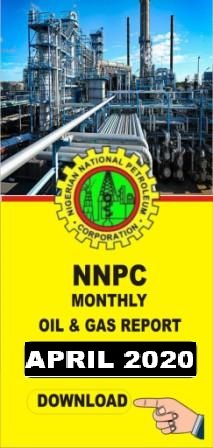With the Central Bank of Nigeria (CBN) adjusting foreign exchange rates in search of uniform framework, local demand has hit $1.16 billion on the back of outstanding obligations.
Local manufacturers have also warned that many factories may shut down if obligations of over one year to foreign suppliers are not met. Some of the producers lamented that locally sourced materials were being indexed and priced at the same rates for which they would have been imported, thus stalling backward integration agenda.
Data from manufacturers’ union showed steady decline in backward integration activities since 2017 until H2 2019 due to local pricing and availability of raw materials.
Already, the CBN, few days ago, altered the official exchange rate at which it sells the naira to the dollar on its website to N379/$1 from the N361 per dollar that the website had reflected since March 20, this year.
The CBN had, on July 3, adjusted the naira rate from N360/$1 to N380/$1 at the Secondary Market Intervention Sales (SMIS). Similarly, on July 7, the regulator adjusted the exchange rate at the Investors and Exporters’ (I&E) window, also known as NAFEX, according to data on FMDQ website, by 5.54 percent to N381 per dollar from N361/$, sparking speculations that it was set to officially unify the exchange rates.
However, it left the exchange rate unchanged at N361/$1 on its website. In the wake of acute forex scarcity, occasioned by low oil prices, the naira has come under pressure on the parallel market and the I&E window where it trades for about N475 per dollar and N386 per dollar respectively.
The CBN initially sought to stem the decline of foreign exchange by suspending dollar auctions in March and has continued to severely ration supply, while Bureaux De Change (BDCs) have also not accessed official dollar sales from the apex bank since March.
According to the Manufacturers Association of Nigeria (MAN), while the move is gratifying, the apex bank should urgently put measure in place to minimize intensity of the pain by considering outstanding obligations of manufacturers from the second quarter 2019 till date.
Source: The Guardian



Recent Comments